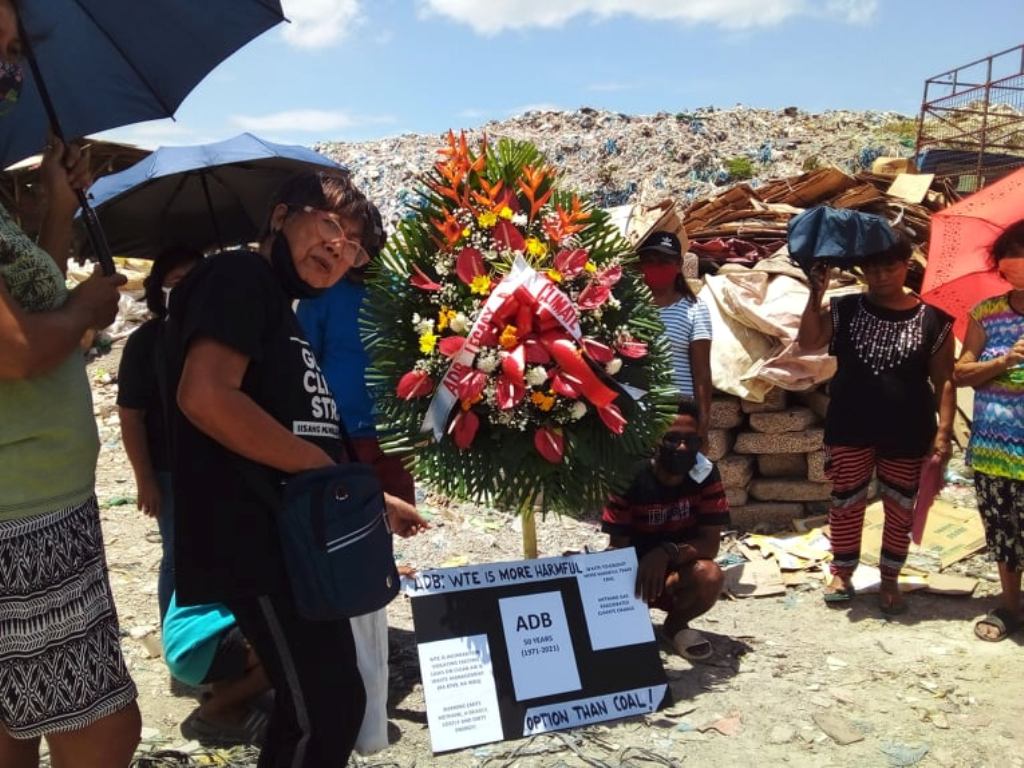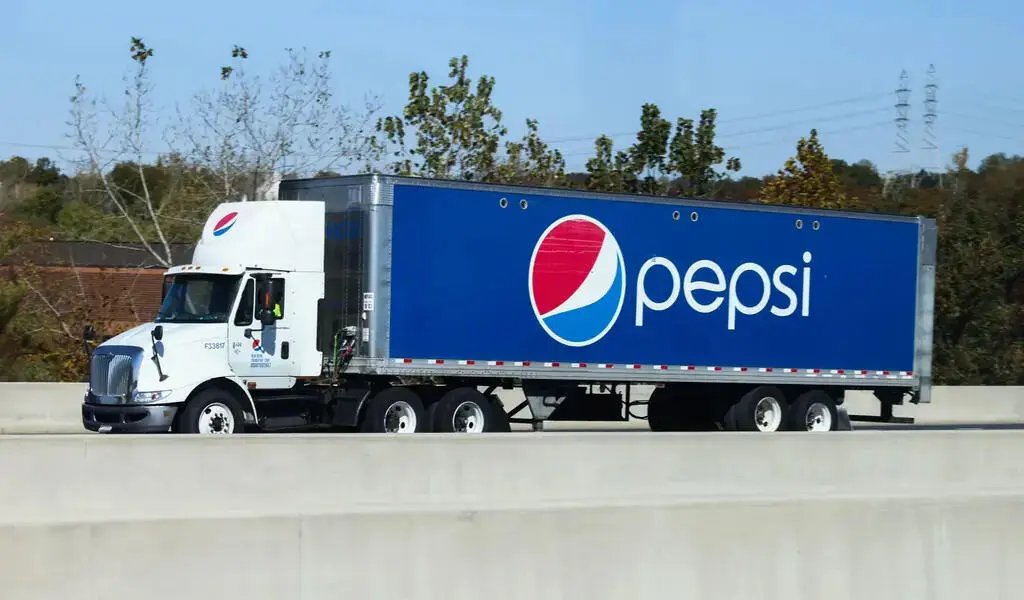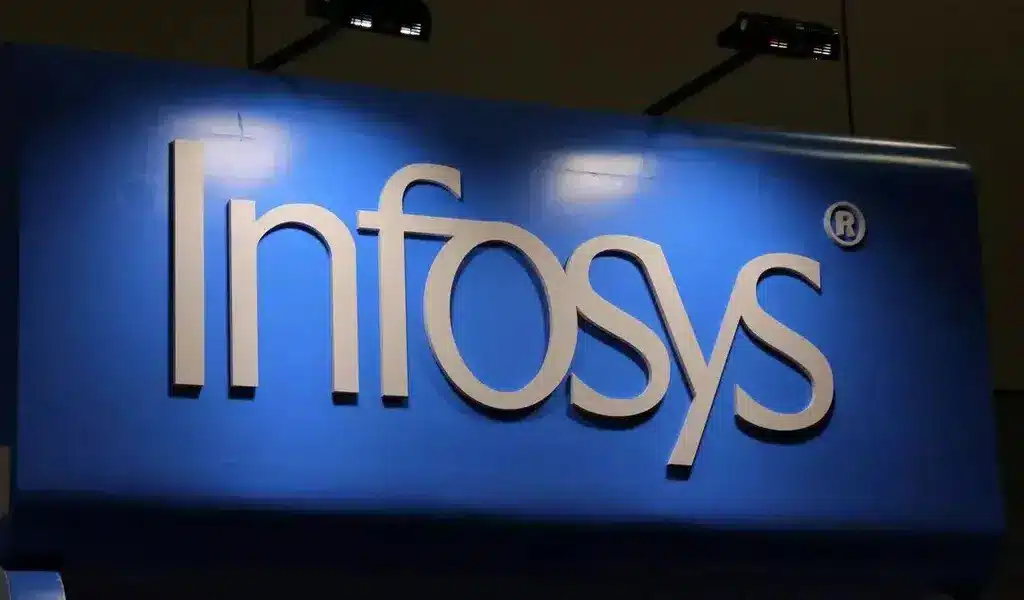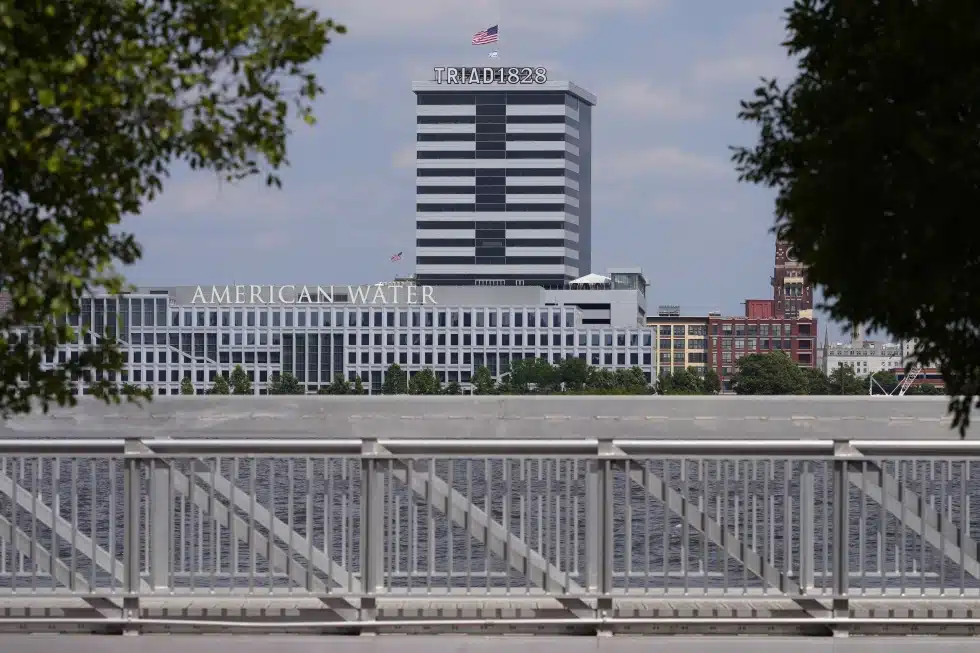Business
Asian Development Bank Asked to Stop Funding Fake Climate Solutions

As the Asian Development Bank (ADB) convenes for its 54th Annual Meeting with the theme “Collaboration for Resilient and Green Recovery,” environment and climate activists and informal waste pickers in Cebu, Philippines affiliated under Sanlakas, No Burn Pilipinas, and EcoWaste Coalition staged a symbolic wreath laying protest action in the controversial and foreclosed Barangay Inayawan Sanitary Landfill to demand the withdrawal of ADB on all WtE incinerator projects in the city.
“The Asian Development Bank is engaged in doublespeak calling for resilience and green recovery amidst the pandemic while actively promoting WtE incineration particularly in Cebu by granting a Technical Assistance (TA) project to the Cebu City Government that paves the way for the establishment of incineration projects in the city despite a clear prohibition in the Philippine Clean Air Act of 1999 (Republic Act 8749) banning incineration to treat municipal, biomedical, and hazardous wastes,” according to Auxilium Olayer, a member of the EcoWaste National Executive Committee.
Barangay Inayawan Sanitary Landfill, was the original site for the ADB-funded WTE project but was forestalled due to legal and technical issues. Through a Writ of Kalikasan, the Court of Appeals ordered a complete landfill rehabilitation pursuant to EMB standards.
There were also different land claimants to a part of the barangay where the project is to be established. These project issues show that WTE projects increase existing environmental and social vulnerabilities because of the lack of government regulations and capacity to ensure community health standards, land use management and meaningful consultations on the ground.
While protests were staged in the ADB-funded project site in Barangay Inayawan on wastepicker displacements, environmental and community and safety issues, the ADB has expressed continued funding for WtE. In a live online meeting with civil society on the first day of the ADB’s annual meeting, Hemanthana Winthanage, International Coordinator of NGO Forum on ADB asked the ADB President Masatsugu Asakawa. ”Can ADB show real climate leadership by excluding thermal waste-to-energy from all its financing instruments?” to which the ADB President responded that WTE is an option and is also likely to continue depending on the results of the new ADB energy policy. WtE provides opportunities for integrated cross-sectoral projects.
More displacements of waste pickers
Informal waste pickers in Barangay Inayawan have been displaced as a result of the permanent closure of the city owned Inayawan Sanitary Landfill emanating from the Writ of Kalikasan decision of the Court of Appeals on December 15, 2016, later affirmed by the Philippine Supreme Court. These informal waste pickers have existing organizations but were never integrated into the city’s waste management system nor provided with adequate assistance to cope up with their loss of livelihood.
The ADB PFS recommends to subject to further investigation the health status of individuals involved with waste picking. The PFS describes the waste picking community in Barangay Inayawan as “highly vulnerable to any changes in the status quo”. Advocates believe that the ADB support on the WtE project will magnify existing economic displacements.
Environmental and social risks
Despite a standing ban on incinerators in the Philippines, the ADB technical assistance pursued the development of a Pre-Feasibility Study (PFS) of solid waste management Public Private Partnership (PPP) projects in Cebu City in 2018. It included a menu of waste treatment options, all incineration and thermal-based technologies, such as incineration with energy recovery (no pre-treatment); mechanical Biological Treatment (MBT) bio-drying followed by incineration; and MBT bio-drying followed by solid waste recovered fuel (STF) to cement kilns.
The same study identified potential environmental and socials risks and impacts associated with the above-mentioned waste treatment options including hazardous air emissions containing particulate matter, acidic gases, dioxins and other unknown toxic substances which may have potential health implications from incorrect operation or maintenance of equipment; land contamination from incorrect disposal of bottom ash or air pollution control residues; loss of livelihood by formal and informal sector; poor local acceptance of technology; and nuisance odour from bio-drying if not operated or maintained correctly.
The risks and impacts enumerated in this ADB-funded PFS corroborates with the findings of experts that all thermal waste to energy technologies produce poisonous and toxic substances, such as particulate matter, toxic metals, polyaromatic hydrocarbons, and polychlorinated dioxins and furans which are among the most toxic chemical substances known to science.
Communities and waste pickers need to be consulted on the risks and to their livelihoods and community health. ADB safeguards on meaningful consultation, pollution mitigation and community health standards must apply in all of its projects ” Olayer, also a senior official of Sanlakas in Cebu, further added that anything less than an exclusion of WtE incineration from ADB policies will not promote resilience and recovery from the current pandemic as communities with pre-existing health conditions already suffering from the impacts of badly mismanaged private landfills will experience more vulnerabilities if this ADB-initiated WtE incineration plant pushes through in Cebu City or in other parts of the Cebu Island.
The protest action is part of the global civil society demand led by the Global Alliance for Incinerator Alternatives (GAIA) and the wider climate movement for ADB to divest from WTE projects and stop urging the developing member countries to pursue thermal-based technologies of energy conversion from waste, including the provision of technical assistance in Asia due to its proven health, social, environmental, and climate risks.
In a letter signed by 53 international, regional, and national organizations, GAIA has raised its demands ahead of the ADB meeting, to exclude WtE incineration and other thermal-based technology from ADB Energy Policy and all its climate and green investment policies and financing instruments. It also demanded for the review of the environmental and social safeguards implementation in all WtE incineration projects including technical assistance projects in the Philippines that are currently paving the way for establishing incineration projects with the private sector despite existing national law banning all forms of incinerations.
“ADB’s response on WtE will delay the achievement of our climate goals and even post-pandemic recovery in the region. We demand ADB to stop wasting public resources and empowering polluters in the guise of climate action”, says Yobel Putra, GAIA Asia Pacific Climate Clean Energy Campaigner.
Sanlakas, No Burn Pilipinas, and EcoWaste Coalition are members and affiliates of GAIA calling for the withdrawal of WtE incinerators supported by the Break Free From Plastics Project in the Philippines.

Business
PepsiCo Reduces Revenue Projections As North American Snacks And Key International Markets Underperform.

(VOR News) – In the third quarter of this year, Pepsi’s net income was $2.93 billion, which is equivalent to $2.13 per share. This was attributed to the company.
This is in stark contrast to net income of $3.09 billion, which is equivalent to $2.24 per share, during the same period in the previous year. The company’s earnings per share were $2.31 when expenses were excluded.
Net sales decreased by 0.6%, totaling $23.32 billion. Organic sales increased by 1.3% during the quarter when the effects of acquisitions, divestitures, and currency changes are excluded.
Pepsi’s beverage sales fell this quarter.
The most recent report indicates that the beverage and food sectors of the organization experienced a 2% decline in volume. Consumers of all income levels are demonstrating a change in their purchasing habits, as indicated by CEOs’ statements from the previous quarter.
Pepsi’s entire volume was adversely affected by the lackluster demand they encountered in North America. An increasing number of Americans are becoming more frugal, reducing the number of snacks they ingest, and reducing the number of times they purchase at convenience stores.
Furthermore, Laguarta observed that the increase in sales was partially attributed to the election that occurred in Mexico during the month of June.
The most significant decrease in volume was experienced by Quaker Foods North America, which was 13%. In December, the company announced its initial recall in response to a potential salmonella infection.
Due to the probability of an illness, the recall was extended in January. Pepsi officially closed a plant that was implicated in the recalls in June, despite the fact that manufacturing had already been halted.
Jamie Caulfield, the Chief Financial Officer of Pepsi and Laguarta, has indicated that the recalls are beginning to have a lessening effect.
Frito-Lay experienced a 1.5% decline in volume in North America. The company has been striving to improve the value it offers to consumers and the accessibility of its snack line, which includes SunChips, Cheetos, and Stacy’s pita chips, in the retail establishments where it is sold.
Despite the fact that the category as a whole has slowed down in comparison to the results of previous years, the level of activity within the division is progressively increasing.
Pepsi executives issued a statement in which they stated that “Salty and savory snacks have underperformed year-to-date after outperforming packaged food categories in previous years.”
Pepsi will spend more on Doritos and Tostitos in the fall and winter before football season.
The company is currently promoting incentive packets for Tostitos and Ruffles, which contain twenty percent more chips than the standard package.
Pepsi is expanding its product line in order to more effectively target individuals who are health-conscious. The business announced its intention to acquire Siete Foods for a total of $1.2 billion approximately one week ago. The restaurant serves Mexican-American cuisine, which is typically modified to meet the dietary needs of a diverse clientele.
The beverage segment of Pepsi in North America experienced a three percent decrease in volume. Despite the fact that the demand for energy drinks, such as Pepsi’s Rockstar, has decreased as a result of consumers visiting convenience stores, the sales of well-known brands such as Gatorade and Pepsi have seen an increase throughout the quarter.
Laguarta expressed his opinion to the analysts during the company’s conference call, asserting, “I am of the opinion that it is a component of the economic cycle that we are currently experiencing, and that it will reverse itself in the future, once consumers feel better.”
Additionally, it has been noted that the food and beverage markets of South Asia, the Middle East, Latin America, and Africa have experienced a decline in sales volume. The company cut its forecast for organic revenue for the entire year on Tuesday due to the business’s second consecutive quarter of lower-than-anticipated sales.
The company’s performance during the quarter was adversely affected by the Quaker Foods North America recalls, the decrease in demand in the United States, and the interruptions that occurred in specific international markets, as per the statements made by Chief Executive Officer Ramon Laguarta.
Pepsi has revised its forecast for organic sales in 2024, shifting from a 4% growth rate to a low single-digit growth rate. The company reiterated its expectation that the core constant currency profitability per share will increase by a minimum of 8% in comparison to the previous year.
The company’s shares declined by less than one percent during premarket trading. The following discrepancies between the company’s report and the projections of Wall Street were identified by LSEG in a survey of analysts:
SOURCE: CNBC
SEE ALSO:
Old National Bank And Infosys Broaden Their Strategic Partnership.
Business
Old National Bank And Infosys Broaden Their Strategic Partnership.

(VOR News) – Old National Bank, a commercial bank with its headquarters in the Midwest, and Infosys, a firm that specializes in information technology, have recently entered into a strategic expansion of their link, which has been in place for the past four years.
This expansion is more likely to take place sooner rather than later, with the likelihood being higher.
For the purpose of making it possible for Old National Bank to make use of the services, solutions, and platforms that are offered by Infosys, the objective of this expansion is to make it possible for the bank to transform its operations and processes through the application of automation and GenAI, as well as to change significant business areas.
This lets the bank leverage Infosys’ services, solutions, and platforms.
Old National Bank Chairman and CEO Jim Ryan said, “At Old National, we are committed to creating exceptional experiences for both our customers and our fellow employees.”
This statement is applicable to Old National Bank. Infosys is carefully managing the business process innovations that it is putting us through, putting a strong emphasis on efficiency and value growth throughout the process to ensure that it is carried out efficiently.
This is a routine occurrence throughout the entire operation. Because of Infosys’ dedication to our development and success, we are incredibly appreciative of the assistance they have provided.
Old National has been receiving assistance from Infosys in the process of updating its digital environment since the year 2020, according to the aforementioned company.
Ever since that time, the company has been providing assistance. The provision of this assistance has been accomplished through the utilization of a model that is not only powerful but also capable of functioning on its own power.
Infosys currently ranks Old National thirty-first out of the top thirty US banks.
This ranking is based on the fact that Old National is the nation’s largest banking corporation.
It is estimated that the total value of the company’s assets is approximately fifty-three billion dollars, while the assets that are currently being managed by the organization are valued at thirty billion dollars.
Dennis Gada, the Executive Vice President and Global Head of Banking and Financial Services, stated that “Old National Bank and Infosys possess a robust cultural and strategic alignment in the development, management, and enhancement of enterprise-scale solutions to transform the bank’s operations and facilitate growth.”
This remark referenced the exceptional cultural and strategic synergy between the two organizations. Dennis Gada is the one who asserted this claim. This was articulated explicitly concerning the exceptional cultural congruence and strategy alignment of the two organizations.
We are pleased to announce that the implementation of Infosys Topaz will substantially expedite the transformation of Old National Bank’s business processes and customer service protocols. We are exceedingly enthusiastic about this matter. We are quite thrilled about this specific component of the scenario.
Medium-sized banks operating regionally will continue to benefit from our substantial expertise in the sector, technology, and operations. This specific market segment of Infosys will persist in benefiting from our extensive experience. This phenomenon will enable this market sector to sustain substantial growth and efficiency benefits.
SOURCE: THBL
SEE ALSO:
American Water, The Largest Water Utility In US, Is Targeted By A Cyberattack
States Sue TikTok, Claiming Its Platform Is Addictive And Harms The Mental Health Of Children
Qantas Airways Apologizes After R-Rated Film Reportedly Airs On Every Screen During Flight
Business
American Water, The Largest Water Utility In US, Is Targeted By A Cyberattack

The largest regulated water and wastewater utility company in the United States stated Monday that it had been the target of a cyberattack, forcing the company to halt invoicing to consumers.
American Water, The Largest Water Utility In US, Is Targeted By A Cyberattack
American Water, based in New Jersey and serving over 14 million people in 14 states and 18 military facilities, said it learned of the unauthorized activity on Thursday and quickly took precautions, including shutting down certain systems. The business does not believe the attack had an impact on its facilities or operations and said employees were working “around the clock” to determine the origin and scale of the attack.

According to their website, American Water operates over 500 water and wastewater systems in around 1,700 communities across California, Georgia, Hawaii, Illinois, Indiana, Iowa, Kentucky, Maryland, Missouri, New Jersey, Pennsylvania, Tennessee, Virginia, and West Virginia.
SOURCE | AP
-

 News4 years ago
News4 years agoLet’s Know About Ultra High Net Worth Individual
-
Entertainment2 years ago
Mabelle Prior: The Voice of Hope, Resilience, and Diversity Inspiring Generations
-
News11 years ago
Enviromental Groups Tell Mekong Leaders Lao Dam Evaluation Process Flawed
-

 Health4 years ago
Health4 years agoHow Much Ivermectin Should You Take?
-

 Tech3 years ago
Tech3 years agoTop Forex Brokers of 2023: Reviews and Analysis for Successful Trading
-

 Lifestyles3 years ago
Lifestyles3 years agoAries Soulmate Signs
-

 Entertainment3 years ago
Entertainment3 years agoWhat Should I Do If Disney Plus Keeps Logging Me Out of TV?
-

 Health3 years ago
Health3 years agoCan I Buy Ivermectin Without A Prescription in the USA?